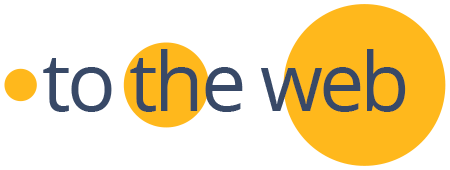Artificial intelligence is making some marketers more effective
AI has inserted itself into the marketing world in every conceivable way. Free and paid platforms are plunging forth fast and furiously and AI is being embedded in the platforms you rely on.
You can sit on the sidelines and tread in the status quo. Or you can learn how to command the AI technologies capable of catapulting your productivity, efficiency, and effectiveness.
What’s it going to be?
Equip your sales team with AI skills that boost performance
Custom training focused on real-world sales tasks — from prospect research and message crafting to competitor analysis and faster deal execution.
Give your marketing team the AI tools to move faster.
Practical training on using AI for campaign planning, content creation, audience research, and data-driven decisions that drive results.
LLMs are not like Google. These AI systems are reshaping digital discovery, rendering traditional SEO insufficient. Our AI consulting services navigate this complex landscape, offering strategies to adapt content for improved visibility in evolving AI-driven search environments.
AI-powered content auditing evaluates and enhances content to maximize effectiveness for both search engines and large language models.
This dual optimization approach ensures content is easily processed by LLMs while maintaining strong search rankings and human engagement.
Master today's most effective Productivity Tools
Outsourcing AI training and consulting to experts is a strategic choice, enabling your team to concentrate on core marketing functions. By tapping into our specialized knowledge and experience, your team gains advanced AI insights and practices without diverting from their primary responsibilities.The marketing engine has been re-invented.
It runs on AI.Empowering Marketers
Single session: $3,000USD/15 attendeesDiscounts for multiple sessions
- 30-Min AI Tools Introduction
- 60-Min Customized Training
- In-Depth Prompt Engineering
- Capabilities and Limitations
- Go-To-Market Strategies
- Market Research and Analysis
- Data-Driven Decision Making
Smarter Selling with AI
Single session: $3,000USD/15 attendeesDiscounts for multiple sessions
- 90-min Customized Training Session
- Researching Prospects Efficiently
- Tailoring Sales Pitches
- Gathering, Analyzing Competitor Data
- Sales Process Optimization
- Lead Nurturing with Personalized Outreach Campaigns
- Closing Deals, Responding to RFPs
Designers Intro to AI
Single session: $3,000USD/15 attendeesAdvanced w/ video production: $3,500USD
- 90-min Customized Training Session
- Innovating with AI-Generated Visuals
- Optimizing Design Projects Using AI
- Personalizing Designs with AI-Enhanced Creativity
- Leveraging AI for Brand Consistency
- Applying AI in Multimedia and Interactive Design
- Copyright and Ownership
